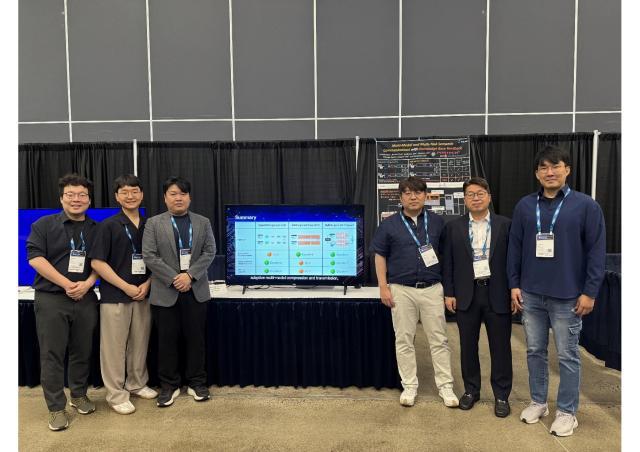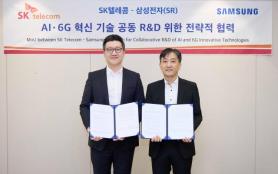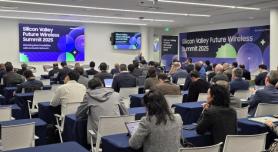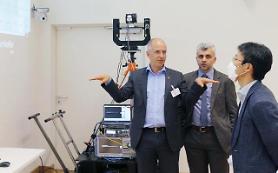
SEOUL, June 18 (AJP) - South Korea’s Pohang University of Science and Technology (POSTECH) and LG Electronics have jointly announced the development of the world’s first multimodal, multitask semantic communication system — a major step toward realizing the promise of 6G.
The announcement was made at the IEEE International Conference on Communications (ICC 2025), held in Montreal. The technology, a product of collaboration between Professor Lee Nam-yoon's electrical engineering team at POSTECH and LG’s Chief Technology Office, represents a significant evolution in how machines process and exchange information.
Traditional wireless systems, including current 4G and 5G networks, rely on the sequential transmission of raw data. By contrast, semantic communication uses artificial intelligence to understand and transmit only the most essential, contextually relevant information needed for a specific task.
The newly unveiled system takes this approach a step further. While earlier semantic communication models were typically limited to single-task operations, the new framework is capable of processing and transmitting multiple types of data — including video, text, and audio — across several tasks simultaneously. The technology operates in real time and remains effective even under restricted bandwidth or congested network conditions.
In practical terms, this means an autonomous vehicle, for example, might no longer need to send full video streams to identify hazards. Instead, it could transmit a simplified semantic alert — such as “pedestrian approaching” — reducing data loads and enhancing reaction speeds.
Experts say the innovation could lay the foundation for AI-powered radio access networks, or AI-RAN, that are expected to play a central role in the 6G era. These systems are designed to support ultra-low latency and high-efficiency communication, with potential applications in robotics, industrial automation, and advanced mobility technologies.
Officials from POSTECH and LG called the development a “foundational step” toward building the infrastructure necessary for a future in which intelligent networks will manage complex digital environments through adaptive, purpose-driven communication.
Copyright ⓒ Aju Press All rights reserved.



